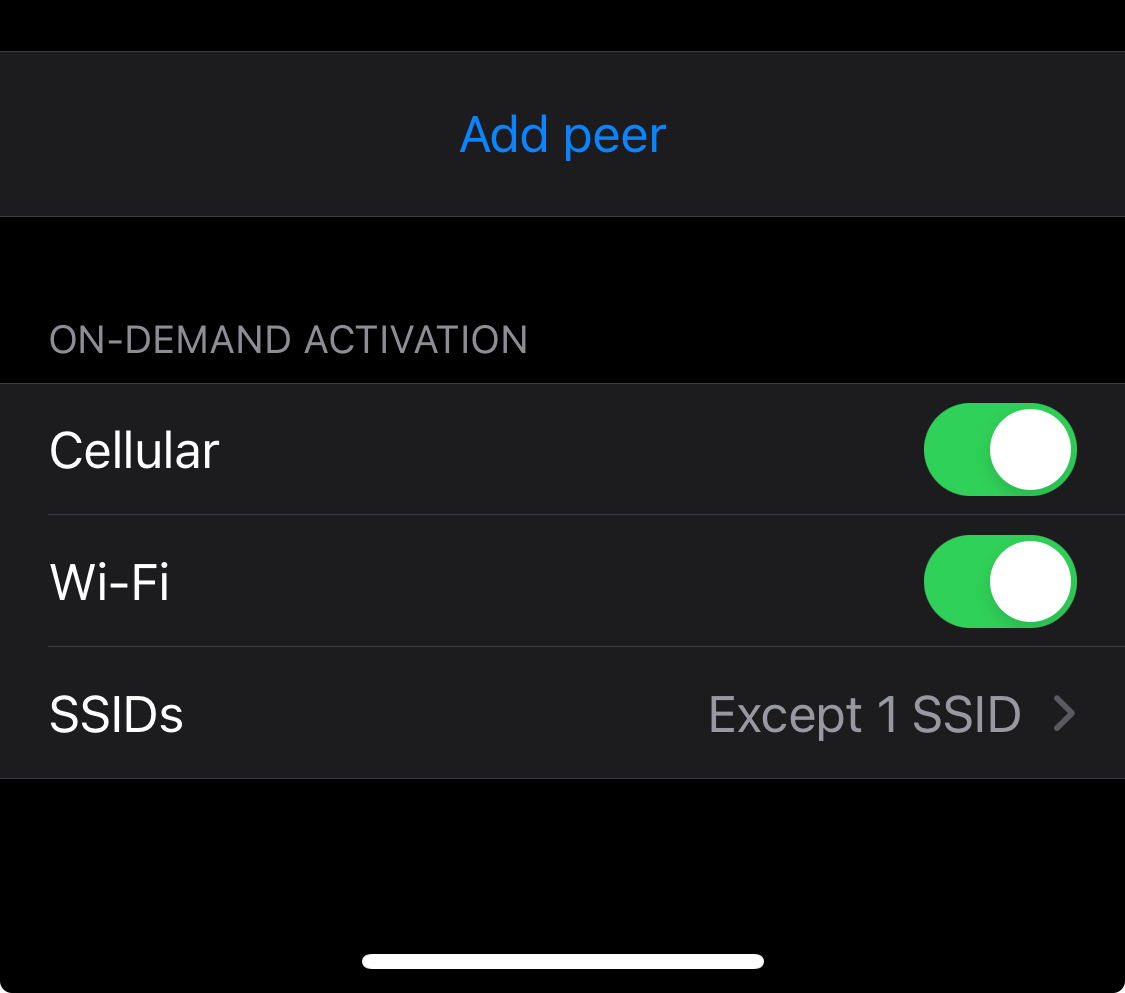

As someone who worked at a business that transitioned to AGPL from a more permissive license, this is exactly right. Our software was almost always used in a SaaS setting, and so GPL provided little to no protection.
To take it further, even under the AGPL, businesses can simply zip up their code and send it to the AGPL’ed software owner, so companies are free to be as hostile as possible (and some are) while staying within the legal framework of the license.




Good enough? I mean it’s allowed. But it’s only good enough if a licensee decides your their goal is to make using the code they changed or added as hard as possible.
Usually, the code was obtained through a VCS like GitHub or Gitlab and could easily be re-contributed with comments and documentation in an easy-to-process manner (like a merge or pull request). I’d argue not completing the loop the same way the code was obtained is hostile. A code equivalent of taking the time (or not) to put their shopping carts in the designated spots.
Imagine the owner (original source code) making the source code available only via zip file, with no code comments or READMEs or developer documentation. When the tables are turned - very few would actually use the product or software.
It’s a spirit vs. letter of the law thing. Unfortunately we don’t exist in a social construct that rewards good faith actors over bad ones at the moment.